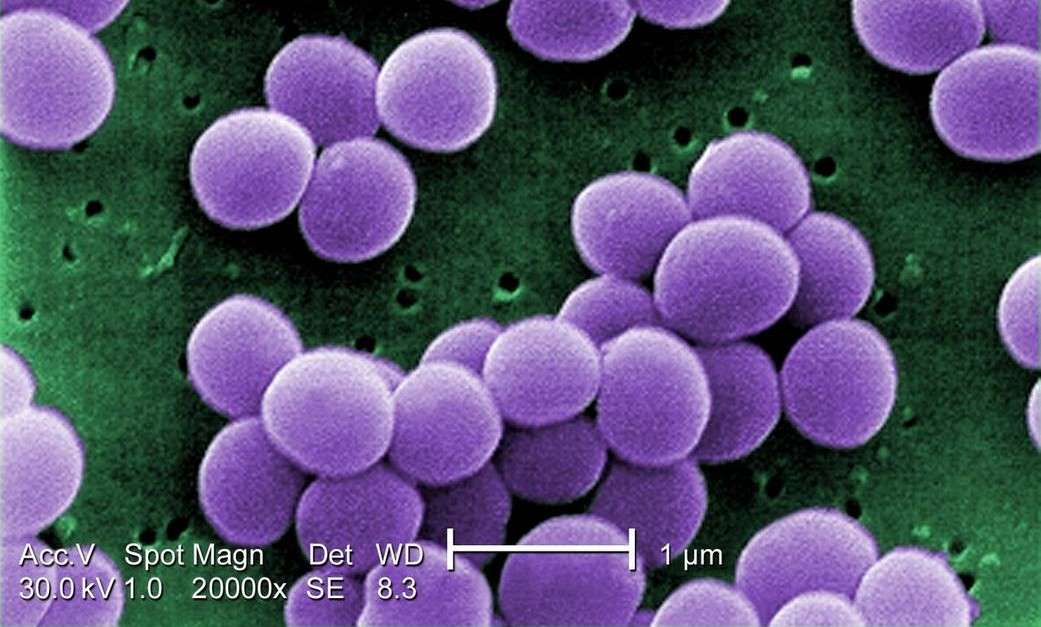Barnacles Could Lead Investigators to the Wreck of the Missing Malaysian Airways Flight 370
Using the record of water temperature, the team believes they can reconstruct the drift path of the barnacles on the washed-up plane debris.

A new drug, called Clovibactin, has been created out of "dark matter bacteria" which rather than being a research term, was created by the press to suit the mysterious origins of Clovibactin and potential future drugs like it, which could represent an urgently needed new font of antibiotics.
Scientists in the US managed to grow the bacteria out of a morass of life cleverly coined ‘bacterial dark matter," due to the fact that it was based on a lifeform that can't be cultured in a petri dish.
99% of all bacteria are similarly unculturable and could not be grown in laboratories previously, hence the moniker dark matter, because 95% of the universe is made up of dark matter and dark energy.
The new drug was discovered from bacterial dark matter found in sandy soil from North Carolina, and developed by an international team of researchers alongside the company NovoBiotic in Boston.
"We urgently need new antibiotics to combat bacteria that become increasingly resistant to most clinically used antibiotics," said Dr. Markus Weingarth, a researcher from the chemistry department of Utrecht University.
"Clovibactin is different. Since Clovibactin was isolated from bacteria that could not be grown before, pathogenic bacteria have not seen such an antibiotic before and had no time to develop resistance. In fact, we did not observe any resistance to Clovibactin in our studies."
Clovibactin successfully attacked a broad spectrum of bacterial pathogens in mice, including the so-called antibiotic-resistant Staphylococcus aureus.
It targets not just one, but three different precursor molecules that are all essential for the construction of the cell wall, an envelope-like structure that surrounds bacteria.
"The multi-target attack mechanism of Clovibactin blocks bacterial cell wall synthesis simultaneously at different positions," said co-author Professor Tanja Schneider from the University of Bonn in Germany. "This improves the drug's activity and substantially increases its robustness to resistance development."
The results, published in the journal Cell, revealed the drug was named after its mechanism acting like a cage, with Clovibactin derived from the Greek word "Klouvi", which means cage.
This was because it was discovered that Clovibactin self-assembles into large fibrils on the surface of bacterial membranes.
These fibrils are stable for a long time and ensure that the target molecules remain locked in for as long as necessary to kill bacteria.
"Since these fibrils only form on bacterial membranes and not on human membranes, they are presumably also the reason why Clovibactin selectively damages bacterial cells but is not toxic to human cells," Dr. Weingarth said.
"Clovibactin hence has potential for the design of improved therapeutics that kill bacterial pathogens without resistance development," he added.
SHARE This Important, Potentially Game-Changing Discovery…
Be the first to comment